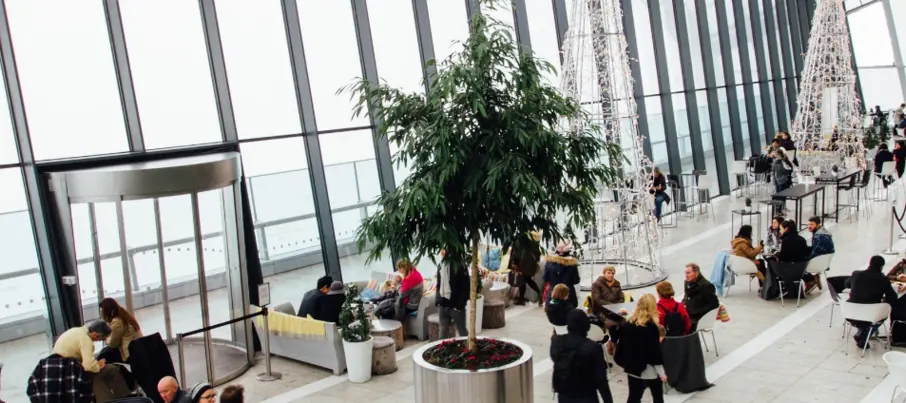Blogs Navigation
Sustainable BusinessRecent posts

Addressing gender-based violence from the private sector: the experience of Laboratorios Bagó
Francisco Méndez, CEO of the pharmaceutical company, shares his company's efforts and achievements in fostering an inclusive and safe work environment.

How Responsible Investments Can Empower Young Women and Girls in Miches While Boosting Tourism
In partnership with Fundación Tropicalia, IDB Invest fosters a more inclusive and sustainable growth path in the Dominican Republic by focusing on their untapped potential.
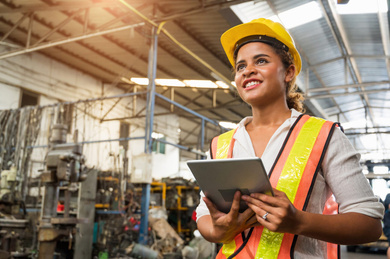
A Few Very Good Reasons to Protect the Integrity of Gender Bonds
Latin America and the Caribbean has become a leading region in gender bond issuance aimed at bolstering women’s empowerment. These instruments offer a promising capital market solution to mobilize funds towards projects that help accelerate parity.
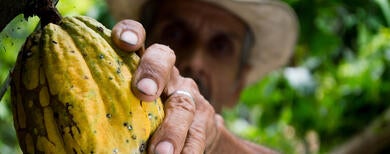
Why is there growing demand for Central American cocoa?
In pre-Columbian times, cocoa was a commodity so valuable it was used as a currency. In Mesoamerica, where it has been consumed for millennia, the Aztecs paid for everyday items in cocoa beans. Three would buy you a turkey egg, one hundred a whole hen.

Why does the private sector need capital markets?
Across emerging markets, access to finance is one of the largest barriers to success for private enterprises. Business leaders cite scarcity of credit as their main concern for growth, outweighing issues like corruption, tax and political instability.

How cattle ranchers can profit from planting trees
In agriculture it’s not often that you find a relatively simple way to increase production by up to 20%. Planting trees turns out to be one such way for cattle farmers. Cows like shade and grow much faster if they graze on pastures dotted with trees. Studies show that combining livestock herding and forestry on the same stretch of land can lead to an 8% to 20% increase in dairy and meat production in the Southern Cone region.
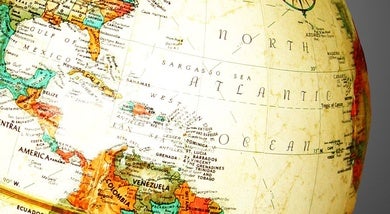
Three ways to strengthen financing for private companies in the Caribbean
Growing up in The Bahamas, I remember my grandmother’s asue. There weren’t any banks where she lived on the island of Inagua, and even if there had been, it wasn’t customary for women to frequent them. To adapt, women (and sometimes men) formed their own informal savings groups, known as asues. As her group’s custodian, my grandmother collected a weekly contribution from participants who would then withdraw money on special occasions to cover school fees or larger purchases.
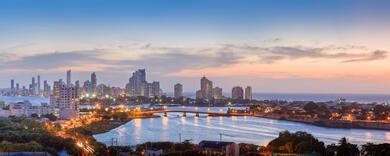
The region is evolving. So are we.
We are witnessing the Fourth Industrial Revolution, the theme at this year’s World Economic Forum in Davos. It represents the digital revolution, the rise of the collaborative economy and growth expectations that are exponential instead of linear. The economic transformations emerging from this revolution remind us that the business models of yesterday cannot build the business of tomorrow. It reminds us how quickly the world is evolving and how quickly the Latin American and Caribbean region is following this trend.

How airports are making traveling more sustainable
By Christian Mirabella In 2015, almost 39 million people traveled through São Paulo-Guarulhos International Airport. Located in Brazil’s southeast, Guarulhos is not only the largest hub in the country, but in the entire region. The amount of passengers transiting here follows an important global trend: air travel is continuing its dizzying rise. Only five years earlier, Guarulhos had recorded a mere 27 million passengers.


